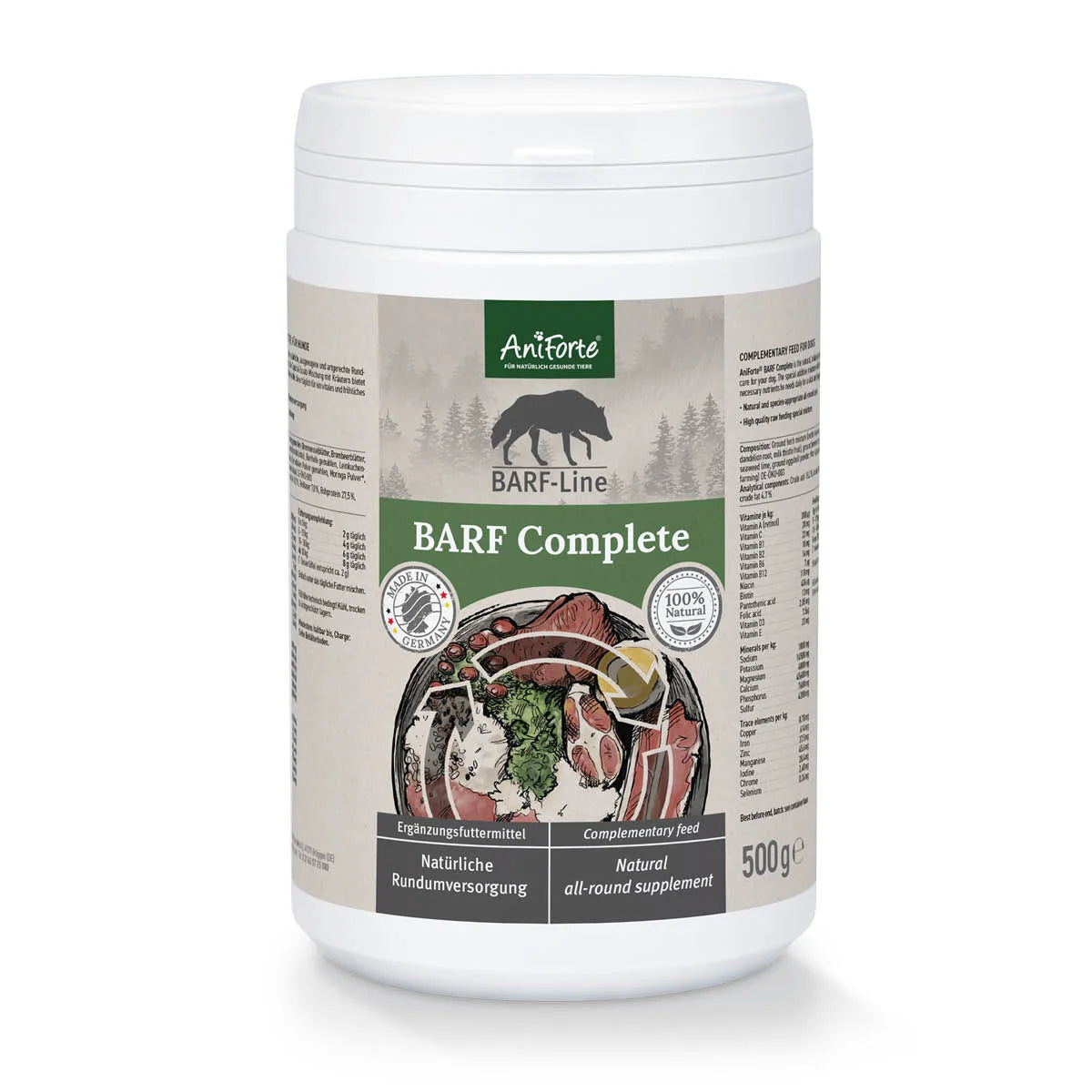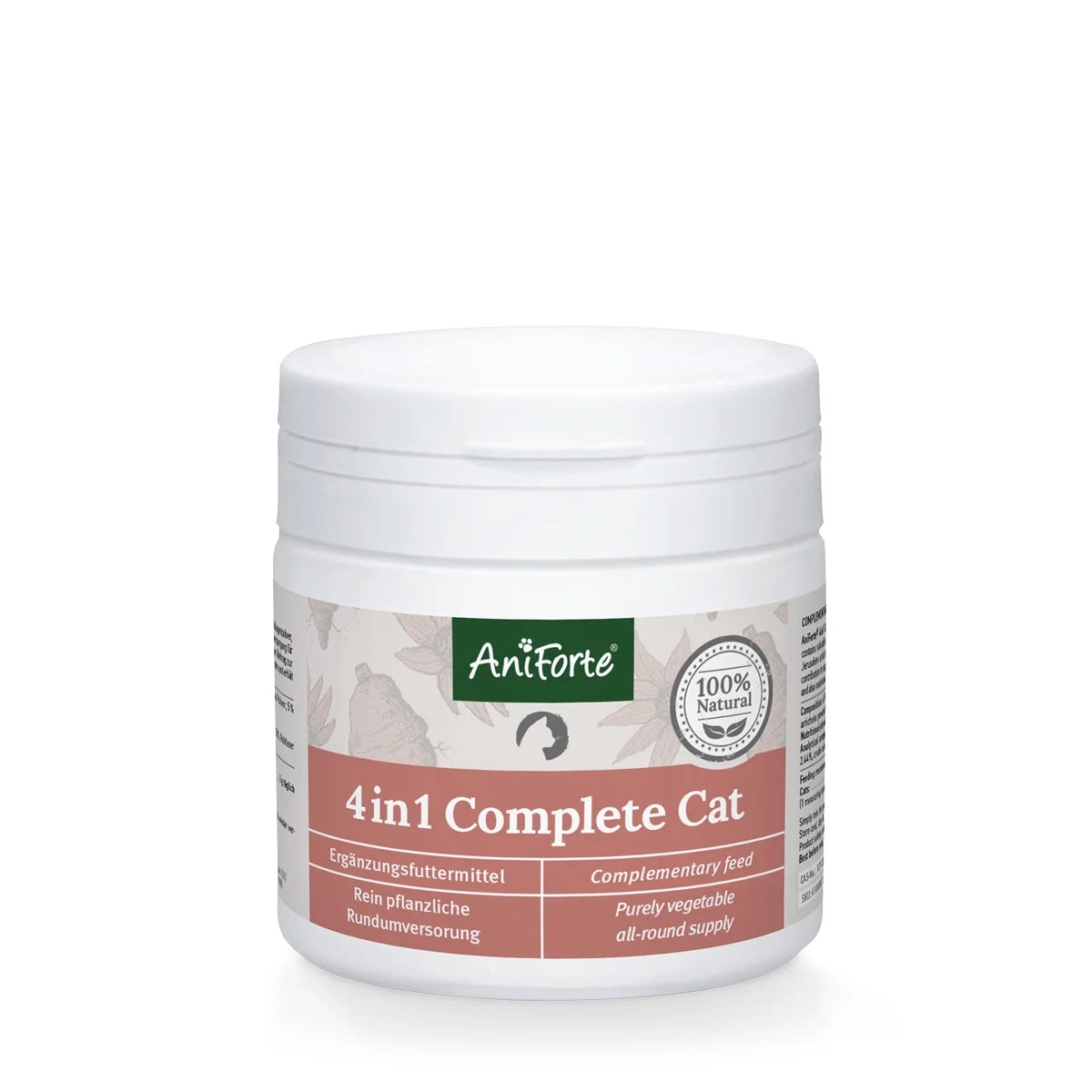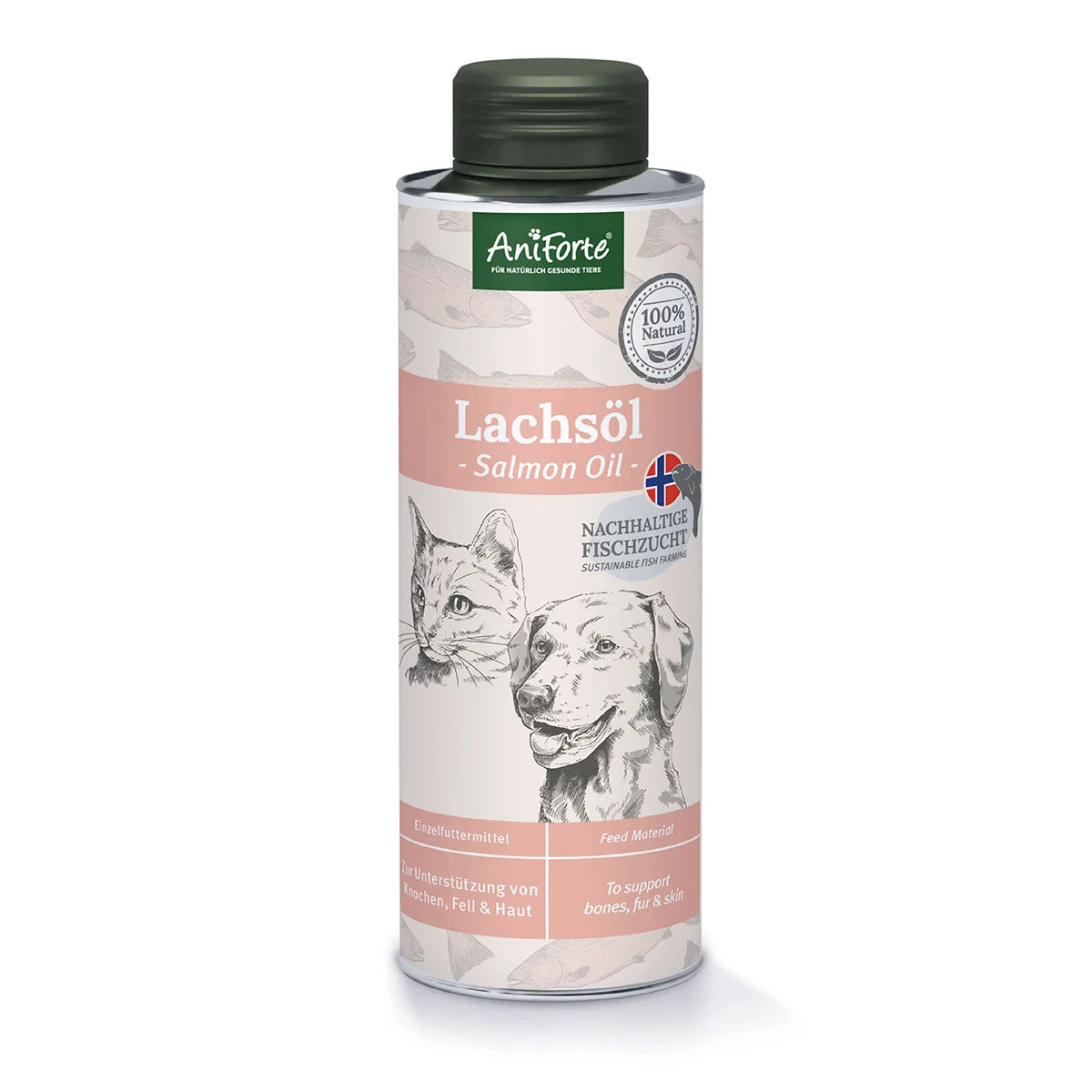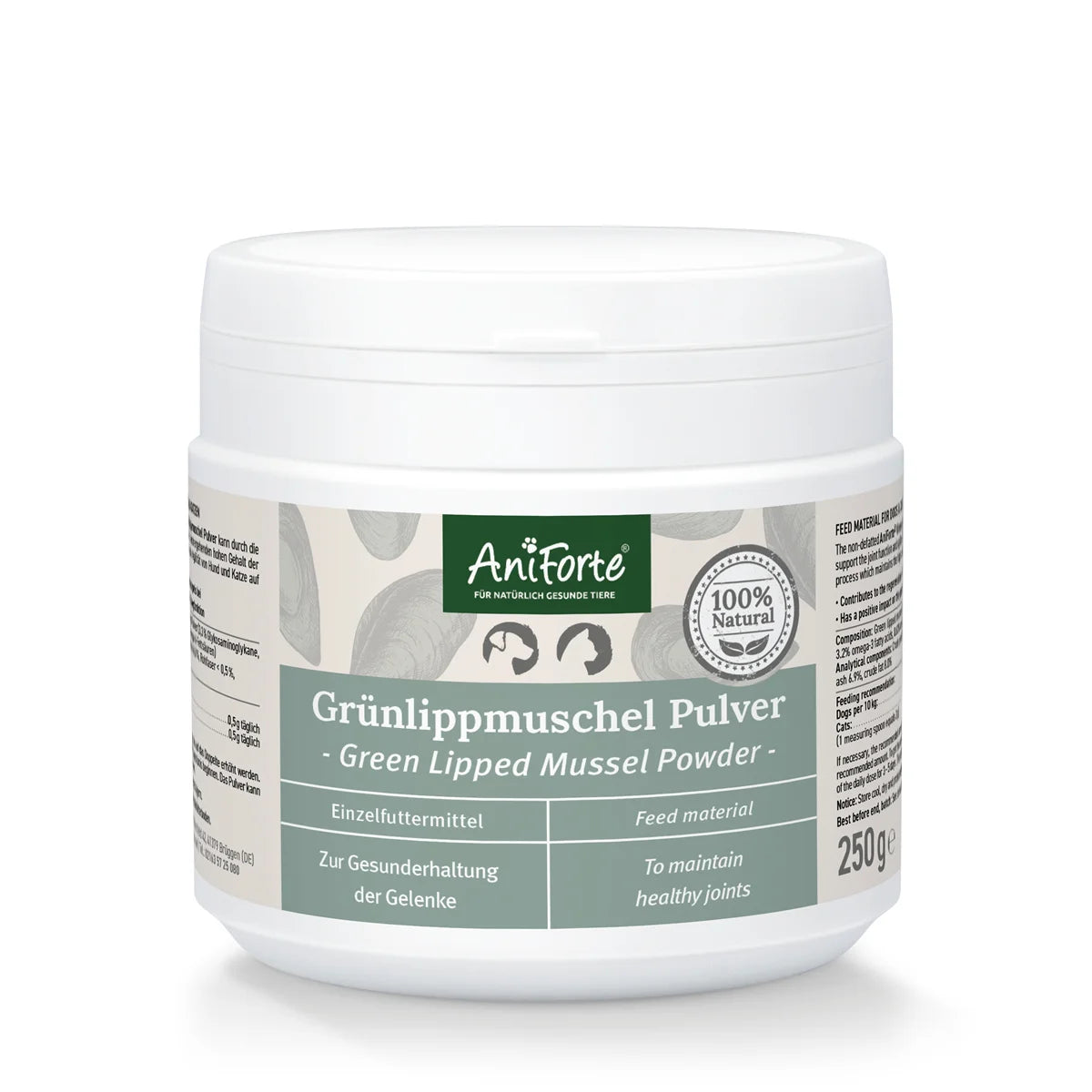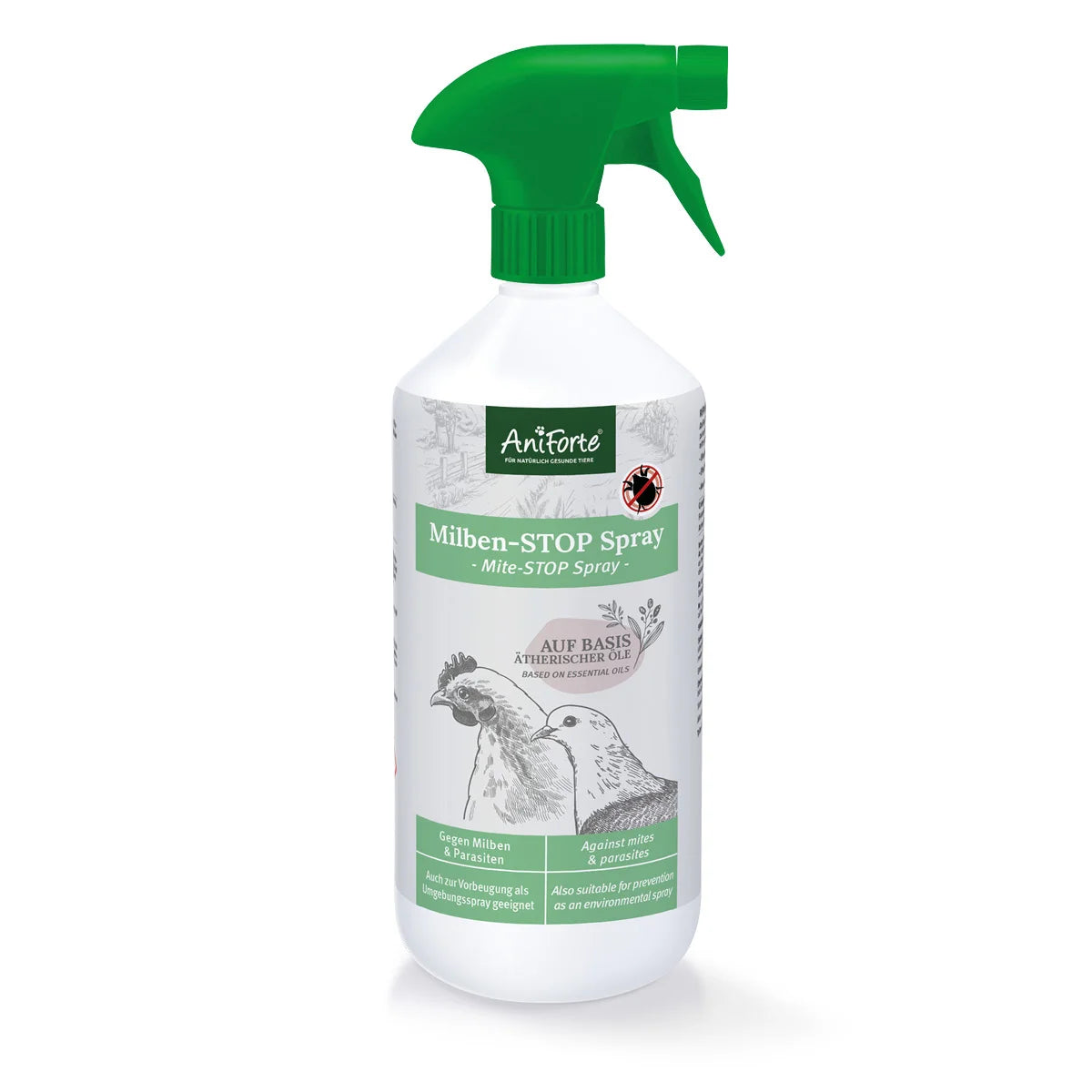 Cats are great hunters, and there is increased risk of infection with worms. In addition to dragging the prey into the house, your proud cat sometimes brings in parasites. Let's take a look at the possible risks of worms and when worm treatment makes sense for cats.
Cats are great hunters, and there is increased risk of infection with worms. In addition to dragging the prey into the house, your proud cat sometimes brings in parasites. Let's take a look at the possible risks of worms and when worm treatment makes sense for cats.These worms want to get to your cat’s intestines
Cats can harbor a variety of worms. Here are the most common thread and flatworms - learn all about infection path, symptoms and diagnosis.
Roundworms
Cat's roundworm (Toxocara cati)
- Most common in cats
- Grows up to 10 cm long and lives in the small intestine
- Its development from the egg takes about 4 weeks
- Contagion: larvae infected carriers (rodents), direct ingestion of eggs, through breast milk
- Infection path: the larvae drill into the bloodstream, migrate into the lungs, are coughed up and swallowed again. Then they moult in the small intestine to the adult worm
- Symptoms: mostly sympton-free. In case of heavy infestation: pulpy excrement, scruffy fur, emaciation, dehydration, growth disorders in young animals, intestinal obstruction, peritonitis
- Diagnosis: faecal examination. In case of very strong infestation: Vomiting of worms or worms in the excrement
Dog roundworm (Toxocara canis)
- Lives in the gullet, gall bladder, liver or intestine of your cat
- About 5 cm long and has a roundish shape
- Contagion: despite the name, cats can also become infected. The infection takes place orally or as a kitten in the womb
- Infection path: similar to that of the feline roundworm
- Symptoms: Small kittens may have bowel fractures. Otherwise, in severe cases fatigue, diarrhea, hives, fever, asthma, cough, pneumonia, liver damage or neurological symptoms may occur
- Diagnosis: blood analysis, faecal examination
Hookworm (Ancylostoma tubaeforme)
- Common parasite
- Up to 1.5 cm long and lives in the small intestine
- Contagion: larvae-infected transport hosts (rodents), direct uptake, as the hookworms drill through the skin from the outside
- Symptoms: mostly sympton-free. In case of stronger infestation: diarrhea, emaciation, anemia
- Diagnosis: faecal examination
Lungworm
- Rare
- Up to 1 cm long and lives in the lungs
- Contagion: larvae-infected carriers (rodents)
- Infection path: spread via snails, rodents, amphibians, reptiles and birds that have eaten the snail. Infection of the cat by consuming the host. Larva bores into the bloodstream and migrates to the lungs
- Symptoms: mostly sympton-free. In case of stronger infestation: disturbance of the immune system, respiratory complaints. But is considered self-healing
- Diagnosis: faecal examination, lung rinse sample, lung biopsy
Heartworm
- Very rare
- up to 30 cm long and lives in the heart
- Symptoms: severe general condition, coughing, diarrhea
- Diagnosis: blood smear
Flatworms
Tapeworm
- Common parasite
- up to 80 cm long and lives in the front small intestine
- Contagion: Eggs are picked up by flies, beetles and snails. As a result, these are eaten by rodents, in these then they move to the larval stage. The cat consumes this after the hunt. In the small intestine, the larva everts and the tapeworm sucks tight. Individual egg-bearing sections detach and migrate through the anus into the environment (rice-grain-like structures). In a cat usually only 2-10 worms live.
- Symptoms: mostly symptom-free. In case of heavy infestation: loss of appetite, emaciation and scruffy coat, itching caused by the emigrating egg-bearing sections of the worm. You could also observe your cat sliding its anus on the carpet
- Diagnosis: faecal examination, discovery of rice-grain-like structures
- Fish tapeworms are a subspecies of the tapeworm. They can grow up to 2 metres long. Often, cats become infected by eating fresh water fish. This tapeworm damages primarily the mucous membranes of your cat.
Your vet or animal health practitioner can determine via a faecal examination whether worm eggs are already detectable or only an infection exists. Not every infection inevitably leads to symptoms. Nevertheless, a clarification is advisable, because the parasites can also be transmitted to humans.
How to prevent worms
If your cat spends time out in the open, it is very likely that it also kills and eats small rodents. Therefore, regular worming about every three months is advisable. Initially, you can take an excrement sample to find out whether treatment is needed. You will need to collect the faeces of your cat over a three-day period, as the eggs are not detectable in every excretion. You vet can provide you with vessels for the samples.
To create a worm-hostile intestinal environment, you can add coconut oil to your cat's feed. In addition to the good taste, the oil has a repulsive effect on parasites and strengthens the immune system of your four-legged friend. If you also pay attention to the immune system of your cat, there is less susceptibility to worms. In addition, hygiene in the house and garden is important. You should collect excrement in your garden, otherwise they will serve as a source of infection for other animals.
Deworming therapy for your cats
If your cat has tested positive for worms, you should give them a worm therapy. Instead of medication, you can resort to natural alternatives. The use of various herbs creates a worm-hostile intestinal environment and has been proven since the Middle Ages as a measure to combat the unloved parasites.
These herbs are effective against all the stages of worms living in the intestine. However, if your cat is infected with heart or lungworm, you'll need to ask your vet about other treatments. For the gourmets among cats, you can make the intestinal defence tastier with a little coconut oil. As already mentioned, it also strengthens the immune system.
Worms are a common evil in cats. We hope that these tips will help you spot signs of infestation in good time and prevent your cat from developing worse symptoms.

